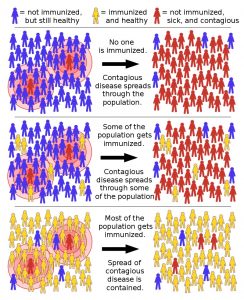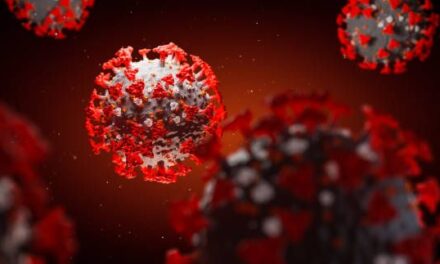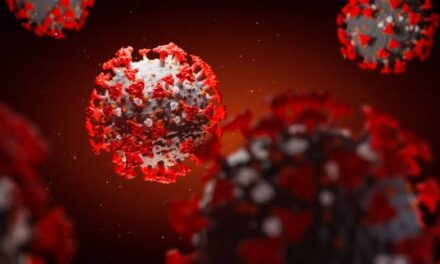We’ve received credible information that multiple inmates havebeen diagnosed with Mumps in the York County Prison. The prisoners are wearingmasks and gloves to help prevent the spread of the virus, and the population ofthe affected wing has received vaccinations to help prevent the spread of thedisease.
An anonymous source inside the prison has said that despite thembeing in contact with infected individuals and areas of the prison, the Prisonis not providing Mumps vaccine to employees.

Source: Tkarcher
According to the CDC the mumps shot one typically receives when young is 78% effective. And a second dose makes it 88% effective. This level of effectiveness is enough to prevent outbreak in our communities and stop the spread the virus, but this requires almost all individuals to receive the vaccine to provide what’s called a “herd immunity”.
The CDC recommends that adults born after 1957 and in a setting for higher risk of mumps transmission should make sure they have had 2 doses of the vaccine in their life.
In 1989 medical authorities in the United States determined one dose of vaccine was insufficient and upgraded the recommendation to two doses – at ages 1 and 5. If you were born between 1957 and 1989 and believe you were vaccinated, you are probably immune, but likely received one shot – the only way to be sure is to have a blood test, or reveiw your medical records if they are available.
Dr. William Schaffner, a preventive medicine specialist at Vanderbilt University Medical School answers the question asked by a New York Times article, “Is it safe to have another measles shot even if you had them in childhood?”
“If you don’t want to go through all the fandango of gettingan ( immunity blood ) test, it may just be easier to get the shot.” Yes.
Children under 12 months are especially susceptible as theyare too young to receive the vaccine and can only receive one dose at 78%effectiveness until they are school-aged.
The severity of the outbreak in the prison seems to beisolated in the Immigration area, and it’s employees. no work-release inmates orother cell blocks are reported to be at risk at this time.
The Prison’s contracted medical service provider is working closely with the Prison and Department Of Health to determine the best medical actions to take. This “cohort” or joint cooperation is expected to last for another 2 weeks.










